Santa Barbara’s Elite Stargazers Celebrate 10 Years
Las Cumbres Observatory Marks a Decade of Achievements and Discoveries
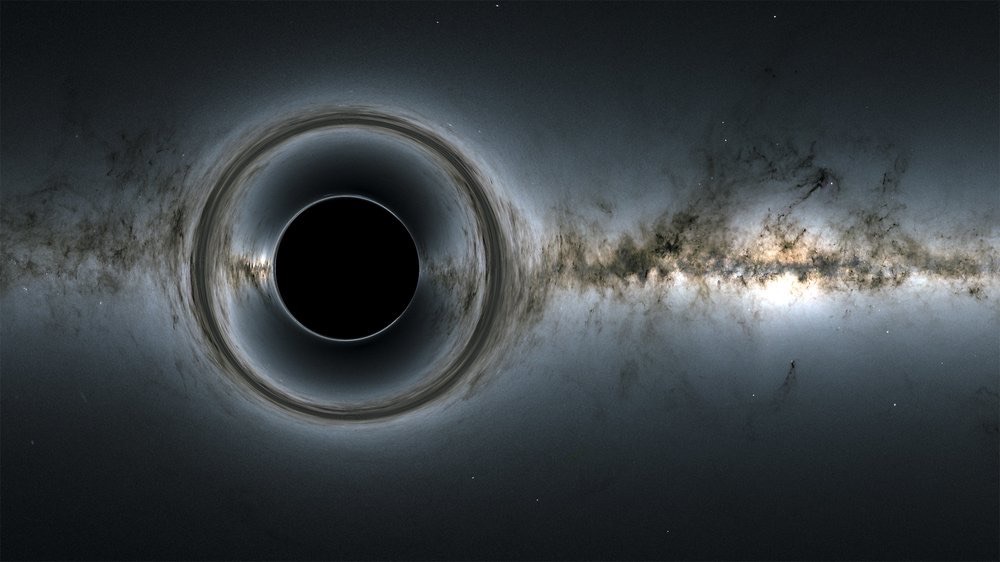
Ten years ago, Las Cumbres Observatory (LCO) flipped the switch on its global network of robotic telescopes. The first — and still only — system of its kind allows astronomers to continually monitor fleeting celestial events, even as the Earth rotates and night skies give way to day.
Headquartered in Goleta and now boasting 13 telescopes in its network from Texas to China, LCO is a major partner and contributor to the scientific community at large, regularly working with NASA, the European Space Agency, and other leading institutions.
Here, we catalog 10 of the local nonprofit’s biggest discoveries and achievements over the past decade. Much of the information was provided by Dr. Sandy Seale, LCO’s director of development.
We spoke at length as well with technologist and LCO founder Wayne Rosing about what’s next for the organization, including its growing education program. That interview will be featured soon on Independent.com.
And be sure to check out LCO’s public open house on Thursday, May 2, at 5:30 p.m. Visit lco.global to register.
1. Proof of Concept: This breakthrough in 2017 proved how invaluable LCO’s global telescope network is to astrophysicists everywhere. The team was part of an international group of scientists who discovered and made some of the first observations of a kilonova, a massive type of celestial explosion caused by two neutron stars swirling together. As soon as LCO received the merge alert, it activated its systems, trained them on the constellation Hydra, and watched the kilonova unfold for five straight days, first from its telescopes in Chile, then Australia, and again in South Africa.
2. Solving an Old Mystery: A worldwide team led by LCO discovered the first convincing evidence for a new type of stellar explosion — an electron-capture supernova. While they have been theorized for 40 years, real-world examples have been elusive. They are thought to arise from the explosions of massive super-asymptotic giant branch (SAGB) stars, for which there has also been scant evidence. The 2017 findings shed new light on the thousand-year mystery of the supernova in ad 1054 that was seen all over the world in the daytime, before eventually becoming the Crab Nebula.
3. White Dwarf Thief: White dwarf stars are the dead cores of what used to be normal stars, like our sun. The prevailing theory over many years was that supernovae explosions occurred when two white dwarfs spiraled together and merged. A recent report by LCO detailed how one particular white dwarf actually stole matter from a large, living companion star before exploding and destroying both. “We’ve seen a supernova obliterating planets in science fiction, as happened in 2009’s Star Trek,” said LCO staff scientist Andy Howell in announcing the discovery. “That’s nothing! They can wreck nearby stars too. The universe is crazier than science fiction authors have dared to imagine.”
4. Global Sky Partners: LCO launched its education program in 2017 by offering 1,000 free hours of observation time on its telescopes to teachers and students around the world. An absolute success, the Global Sky Partners program now works with 37 different schools and institutions with participants — many of them high-school age — searching for gravitational waves and conducting long-term studies of asteroids, among other projects.
5. The Zombie Star: Over the last century, astronomers have observed thousands of exploding stars, called supernovae. In all cases, they marked the death of the star. LCO staff discovered a remarkable exception: a star that refused to die and detonated multiple times over a period of more than 50 years. “This supernova breaks everything we thought we knew about how they work,” said LCO fellow Iair Arcavi at the time. “It’s the biggest puzzle I’ve encountered in almost a decade of studying stellar explosions.”

6. New Comet Spotter: Comet 46P/Wirtanen is a green-colored comet that in 2018 passed relatively close to Earth, just 30 times farther away than the moon. The flyby gave scientists the opportunity to collect detailed observations of its coma (the nebulous envelope of gas and dust around its nucleus) and tails that stretch millions of miles. LCO contributed to the worldwide data-gathering by building a new instrument that contained a camera and specialized filters tuned to the specific gasses emitted by comets.
7. The DART Mission: In a mission straight out of a disaster flick, NASA scientists with assistance from LCO and others successfully conducted the Double Asteroid Redirection Test, or DART, during which a spacecraft the size of a vending machine launched from Vandenberg Space Force Base, slammed into a small asteroid at a screaming 14,000 mph, and nudged it from its course. The 2022 test, conducted in the name of planetary defense, proved that if an asteroid were to set its sights on Earth, we might stand a chance.
8. A Chance Alignment: On April 18, 2019, the European Space Agency’s Gaia mission alerted astronomers worldwide to an unusually bright but fleeting celestial event: a gravitational microlensing event called Gaia19bld. The temporary, chance alignment between two unrelated star systems produced twin images of the background star and gave scientists their first opportunity to actually observe the arc-shaped images move in real time, unlocking key information about the phenomena.
9. Double-Detonation Supernova: This January, LCO staff uncovered the origins of an unusual Type Ia supernova, giving insight into what makes them explode in a rare color-shift of red to blue. Type Ia supernovae are nature’s best distance indicators and have been used to map the expansion of the universe, revealing the presence of dark energy. But key details of their origin, including how explosions are triggered, had remained elusive for nearly a century.
10. Rogue Black Hole: Burped out from the collapsing core of a massive star, a lone black hole was spotted for the first time by astronomers in February 2022. Until then, all stellar-mass black holes had been detected in binary systems. This isolated wanderer, aimlessly drifting through space some 5,000 light years from Earth, was finally seen using a technique called “microlensing” that measures the brightness of light bent by gravitational fields.
Premier Events
Thu, May 16
7:00 PM
Carpinteria
Open Mic Night
Fri, May 17
12:00 PM
Santa Barbara
A Taste of Africa Cultural Extravaganza at UCSB
Sat, May 18
7:00 PM
Santa Barbara
A Taste of Africa Cultural Extravaganza at UCSB
Thu, May 16
7:30 PM
Santa Barbara
Jazz at the Lobero Presents The Marcus Roberts Trio
Fri, May 17
7:00 PM
Goleta
Viva el Arte Presents Jarabe Mexicano
Tue, May 21
7:00 PM
Santa Barbara
Revisiting the Classics: “Schmigadoon!”
Thu, May 23
7:00 PM
Carpinteria
The Carpinteria High School Muses Present “The Wizard of Oz” Musical
Fri, May 24
11:00 AM
Santa Barbara
Discussion: Misogyny, Racism & Violence at UCSB: The IV Killings 10 Years Later
Fri, May 24
7:00 PM
Santa Barbara
SBHS Annual Spring Dance Concert 2024
Sat, May 25
3:00 PM
Santa Barbara
Canary Hotel Rooftop: Suns Out Buns out with LeFunk Sounds
Sat, May 25
8:00 PM
Carpinteria
Rich Tell Presents: The Thom Rotella Band
Sun, May 26
11:00 AM
93103, Santa Barbara, CA
Memorial Day Weekender PJ Brunch!
Sun, May 26
12:00 PM
Santa Barbara
Market at Pali Wine Co
Thu, May 16 7:00 PM
Carpinteria
Open Mic Night
Fri, May 17 12:00 PM
Santa Barbara
A Taste of Africa Cultural Extravaganza at UCSB
Sat, May 18 7:00 PM
Santa Barbara
A Taste of Africa Cultural Extravaganza at UCSB
Thu, May 16 7:30 PM
Santa Barbara
Jazz at the Lobero Presents The Marcus Roberts Trio
Fri, May 17 7:00 PM
Goleta
Viva el Arte Presents Jarabe Mexicano
Tue, May 21 7:00 PM
Santa Barbara
Revisiting the Classics: “Schmigadoon!”
Thu, May 23 7:00 PM
Carpinteria
The Carpinteria High School Muses Present “The Wizard of Oz” Musical
Fri, May 24 11:00 AM
Santa Barbara
Discussion: Misogyny, Racism & Violence at UCSB: The IV Killings 10 Years Later
Fri, May 24 7:00 PM
Santa Barbara
SBHS Annual Spring Dance Concert 2024
Sat, May 25 3:00 PM
Santa Barbara
Canary Hotel Rooftop: Suns Out Buns out with LeFunk Sounds
Sat, May 25 8:00 PM
Carpinteria
Rich Tell Presents: The Thom Rotella Band
Sun, May 26 11:00 AM
93103, Santa Barbara, CA
Memorial Day Weekender PJ Brunch!
Sun, May 26 12:00 PM
Santa Barbara

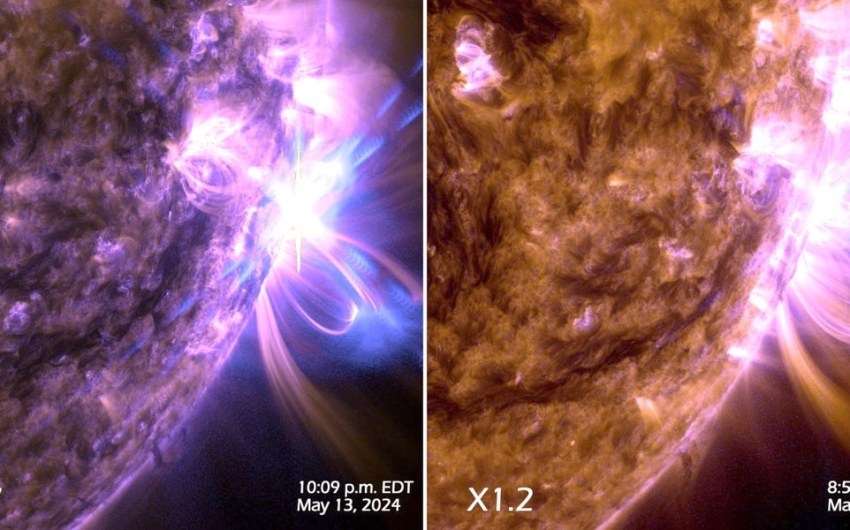
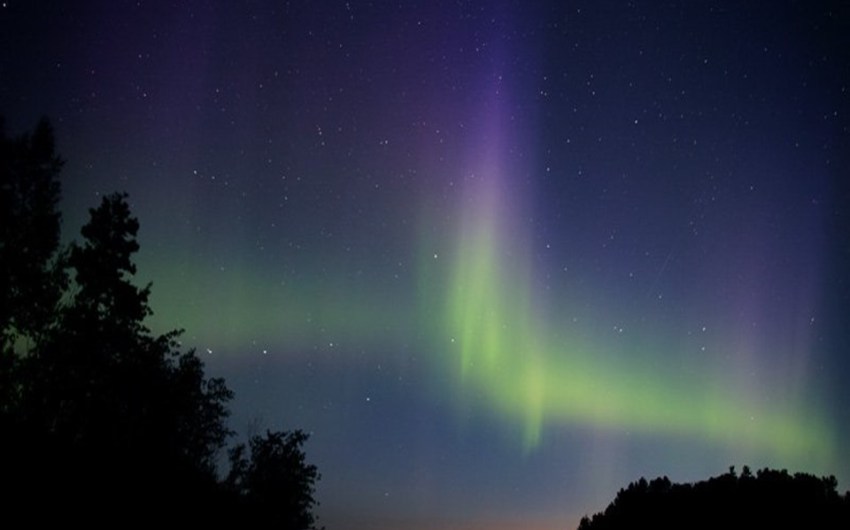

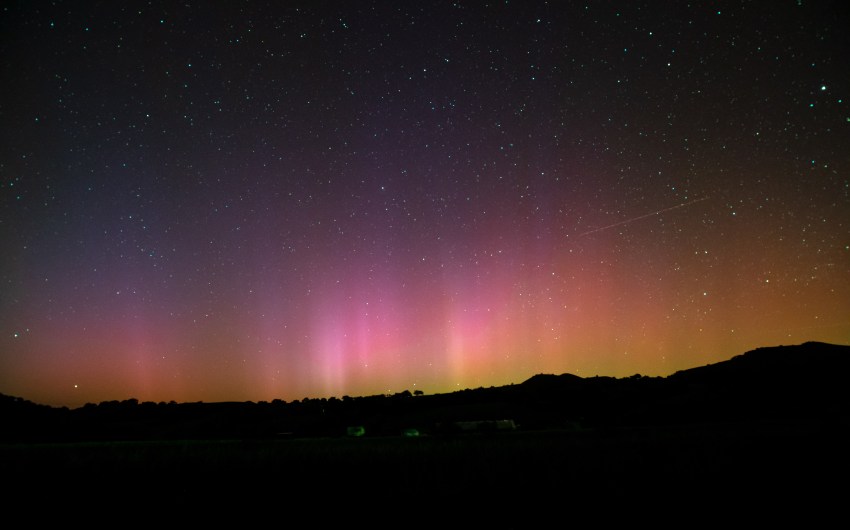
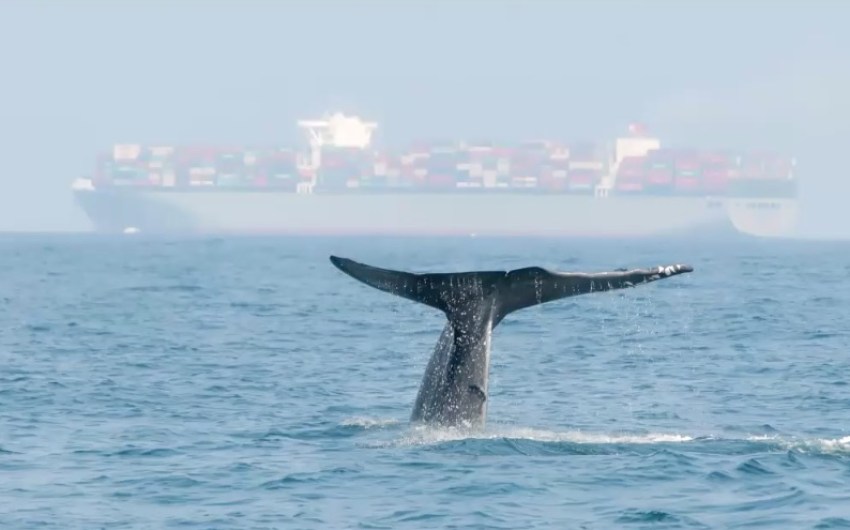



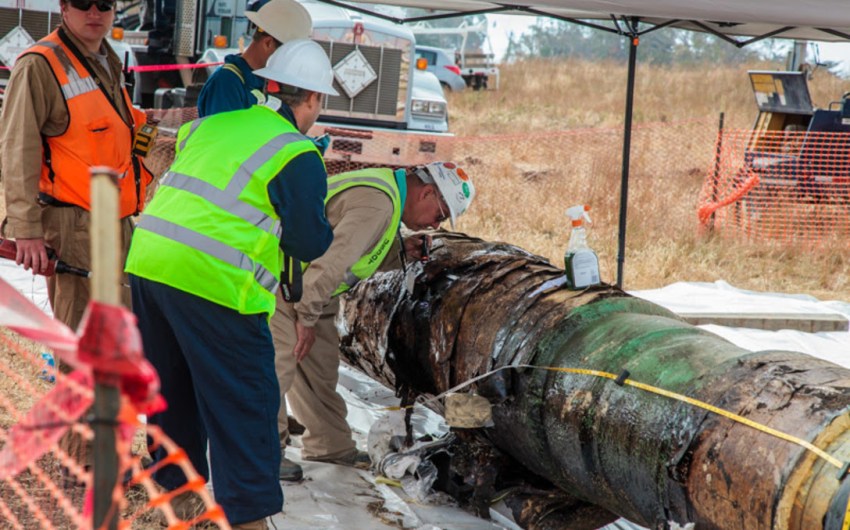

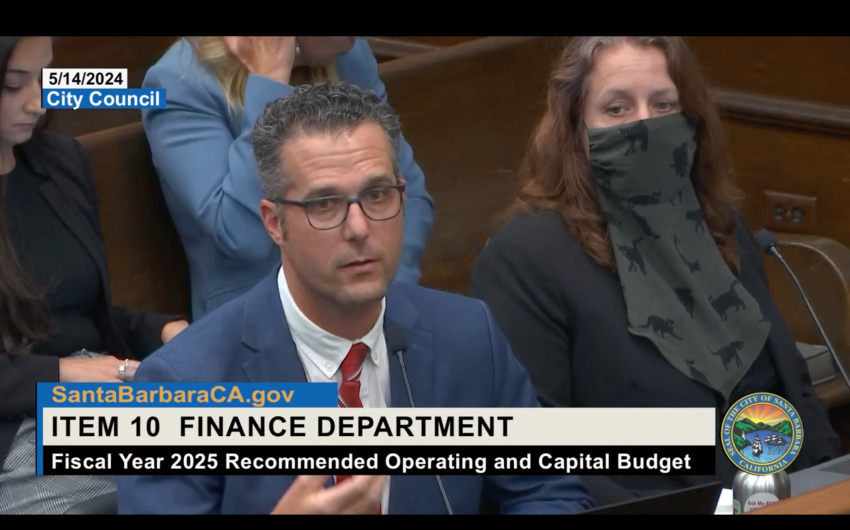













You must be logged in to post a comment.